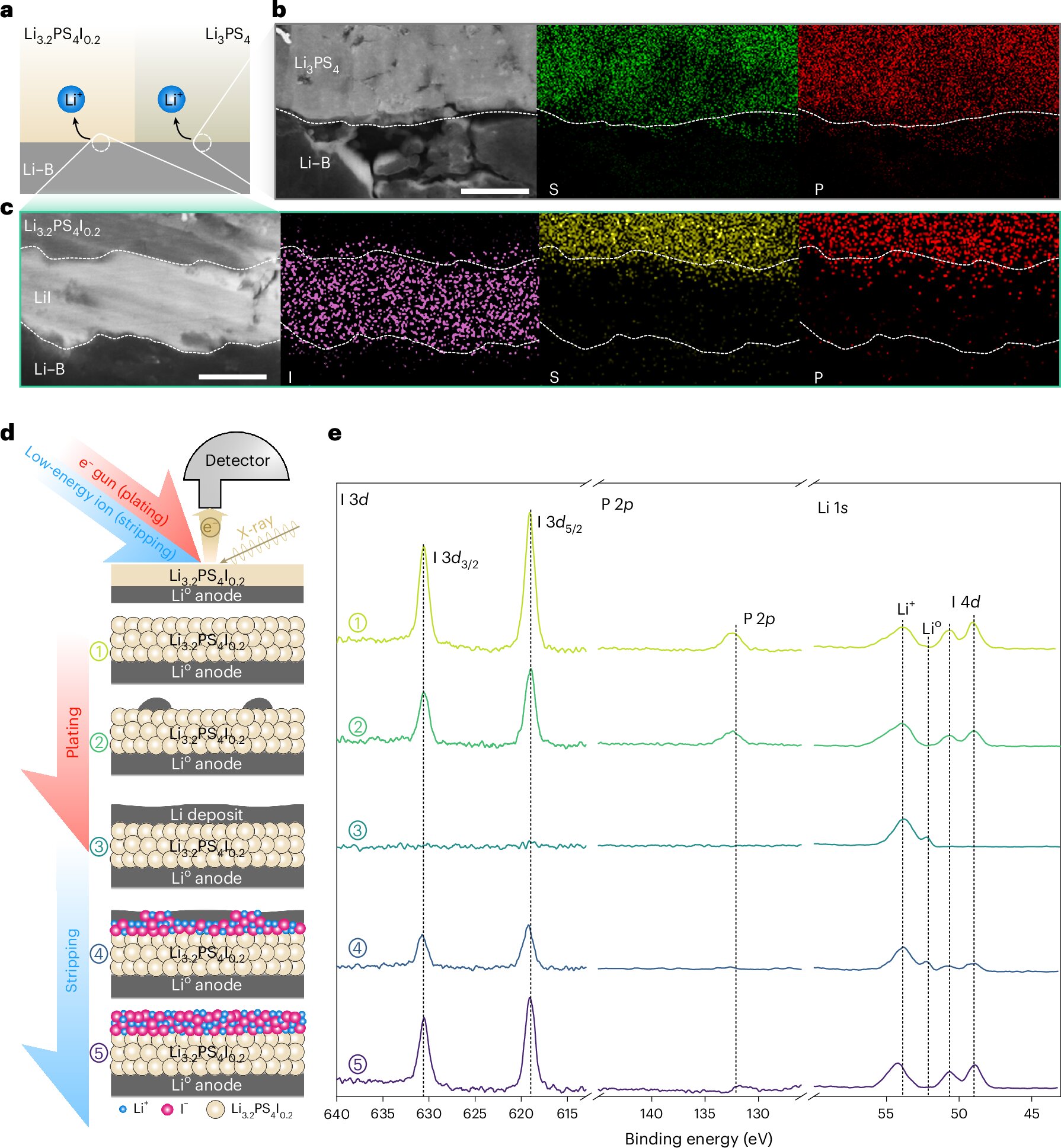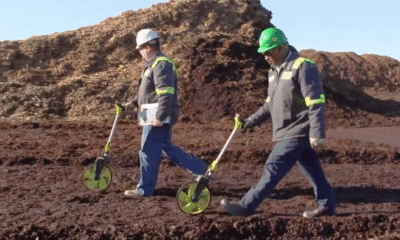Inovation
Enhancing the durability and efficiency of all-solid-state lithium batteries through self-healing technology

A groundbreaking method has been devised to enhance the safety and efficiency of all-solid-state lithium metal batteries (ASSLMBs), the forthcoming energy source technology poised to drive a variety of applications from electric vehicles to renewable energy grids.
Presently, most batteries in use contain flammable liquid electrolytes. ASSLMBs represent the next phase in battery technology by replacing the flammable liquid with a non-flammable solid material for transporting electrical charge between electrodes. Although significantly safer, these batteries face a critical challenge that hinders their reliability and longevity. The repeated charging and discharging processes create gaps between the solid lithium metal anode and the solid electrolyte, leading to battery degradation and malfunction.
To address this issue, scientists from the Chinese Academy of Sciences have engineered a self-healing layer termed DAI (Dynamically Adaptive Interphase) to maintain battery integrity.
As outlined in a study published in the journal Nature Sustainability, DAI introduces mobile iodide ions into the solid electrolyte during battery operation, which migrate to fill any emerging gaps. This dynamic layer acts as a continuous seal, preserving the connection between layers and ensuring battery functionality. This innovation eliminates the need for applying high external pressure to compress battery layers, a complex and impractical solution currently in use.
The results from laboratory tests on these batteries were striking. Complete battery cells retained over 90% of their energy capacity even after 2,400 charge and discharge cycles. Furthermore, a pouch cell, a common battery type in modern electronics and electric vehicles, maintained 74.4% of its capacity after 300 cycles without external pressure.
What lies ahead for battery technology?
While in its nascent stage of development, DAI has the potential to revolutionize the field. The researchers expressed that “The DAI strategy heralds a new era in solid-state battery design, expediting the practical implementation of high-energy and sustainable electrochemical storage systems in contemporary energy networks.”
The self-healing solution devised by scientists could pave the way for safer and eco-friendly batteries with extended lifespans. This technology might lead to electric vehicles with enhanced range capabilities and more dependable, sustainable grid storage facilities. Notably, omitting high-pressure systems from battery packs during production will simplify and lower the cost of mass manufacturing.
Crafted by our writer Paul Arnold, reviewed by Gaby Clark, and fact-checked by Robert Egan. This article represents meticulous human effort. We rely on readers like you to uphold independent science journalism. If this content resonates with you, kindly consider supporting us with a donation (especially on a recurring basis). As a token of appreciation, you’ll enjoy an ad-free experience.
© 2025 Science X Network
-

 Video Games2 days ago
Video Games2 days agoTekken 8: Rise of the Shadows
-

 Video Games1 day ago
Video Games1 day agoGoku Takes on the Dragon Ball FighterZ Arena
-

 Amazon2 days ago
Amazon2 days agoNeil Young Takes a Stand: Pulling Music from Amazon in Protest of Jeff Bezos’ Support for Trump
-

 Tech News2 days ago
Tech News2 days agoSamsung Galaxy UI 8: Embracing the Big Free AI Upgrade
-

 Security2 days ago
Security2 days agoCritical Vulnerability Exposed: Oracle EBS Targeted in Recent Cyber Attacks by Cl0p Hackers
-

 Apple2 days ago
Apple2 days agoExploring the Dystopian Realms of Pluribus: An Apple Original Series Trailer
-

 Microsoft2 days ago
Microsoft2 days agoEnhanced Copilot Features: Creating Office Documents and Gmail Integration
-

 AI1 day ago
AI1 day agoOracle’s Next-Gen Enterprise AI Services Powered by NVIDIA’s Cutting-Edge GPUs






























